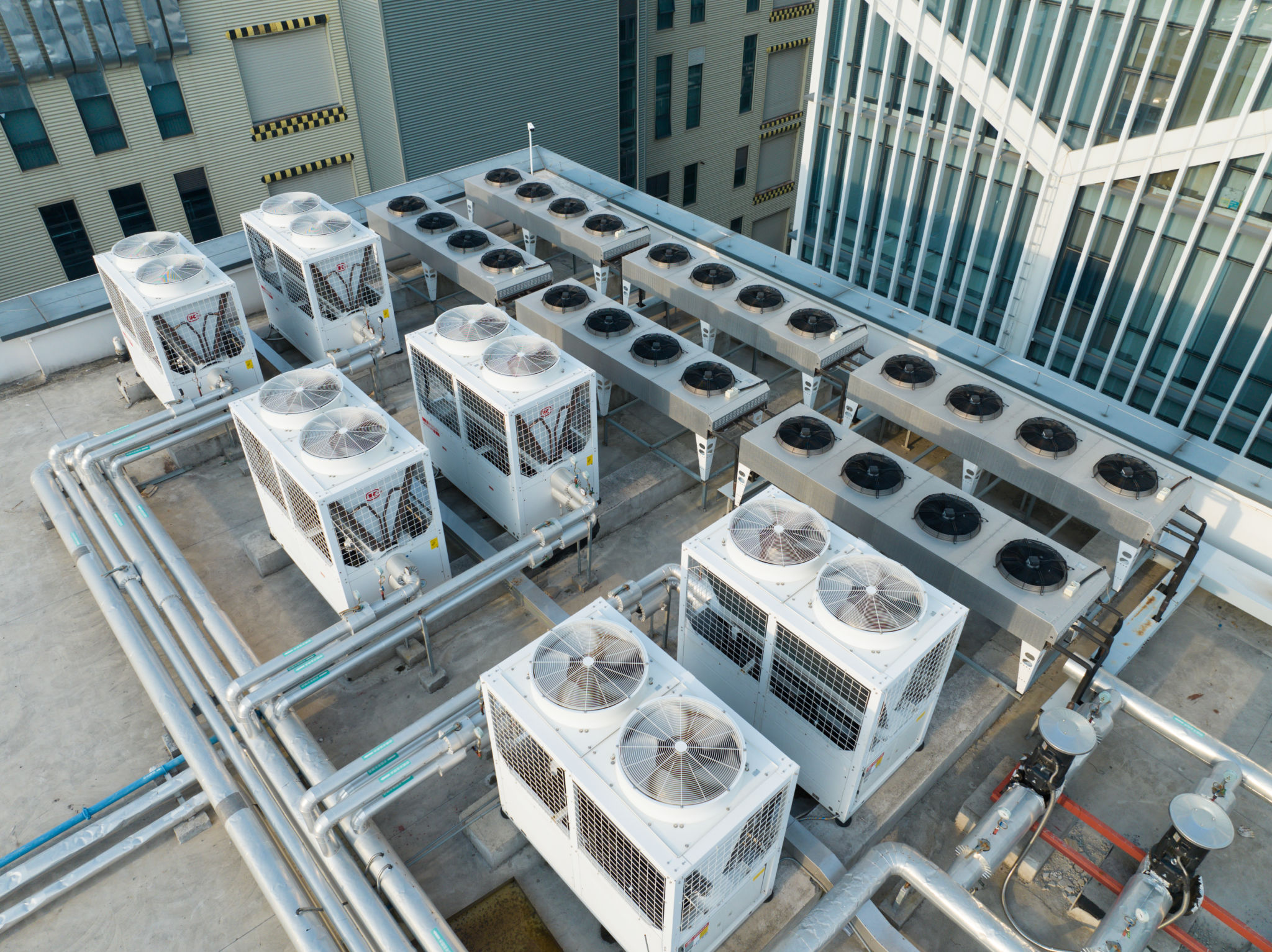Expert Tips on Extending the Lifespan of Your Residential Trusses
When it comes to the structural integrity of your home, trusses play a crucial role. These triangular wooden frameworks support your roof, ensuring stability and durability. Extending the lifespan of your residential trusses is not only a wise investment but also a way to maintain the safety and value of your home. Here are some expert tips to help you achieve this.
Understanding Truss Components
Before diving into maintenance tips, it’s essential to understand the basic components of a truss. A typical truss consists of the top chord, bottom chord, and webbing. Each part works in harmony to distribute weight and provide support. Knowing these components can help you identify potential issues early.
Regular inspections are vital. Look for signs of wear and tear, such as cracks, splits, or warping. If you notice any damage, it’s crucial to address it promptly to prevent further deterioration.

Protecting Against Moisture
Moisture is a significant enemy of wooden trusses. It can lead to rot and compromise the structural integrity of your roof. To protect against moisture, ensure that your roof is well-ventilated. Proper ventilation helps in reducing humidity levels and prevents condensation.
Consider installing a vapor barrier to minimize moisture infiltration. Additionally, inspect your roof for leaks regularly. Repairing leaks promptly can prevent moisture from seeping into the wooden components of your trusses.

Preventing Pest Infestations
Pests like termites and carpenter ants can severely damage wooden trusses. To prevent infestations, treat your trusses with pest-resistant chemicals. Regular pest control inspections are also recommended to catch any early signs of infestation.
Keep an eye out for signs of pest activity, such as sawdust or small holes in the wood. Early detection can save you significant trouble and expense in the long run.
Regular Maintenance Practices
Implementing a routine maintenance schedule can greatly enhance the lifespan of your trusses. Here are some practices to consider:
- Clean gutters regularly: Clogged gutters can lead to water overflow, affecting your roof and trusses.
- Trim nearby trees: Overhanging branches can damage your roof and trusses during storms.
- Inspect after severe weather: Check for any storm damage immediately after adverse weather conditions.

Consulting Professionals
While DIY maintenance can be effective, consulting with a professional can provide additional peace of mind. Experienced contractors can offer a more thorough inspection and recommend specific solutions tailored to your home’s needs.
Professionals can also assist with more complex repairs that may not be safe or feasible to handle on your own. Investing in expert advice can significantly extend the lifespan of your trusses and ensure the safety of your home.
By taking these proactive measures, you can safeguard your trusses and enhance the overall longevity of your roof structure. Remember, regular maintenance and early intervention are key to preserving the structural integrity of your home.
